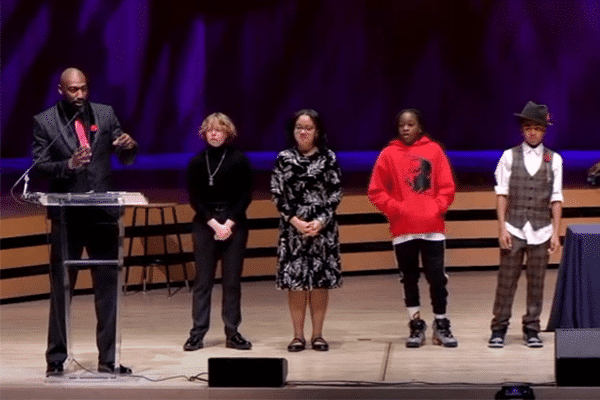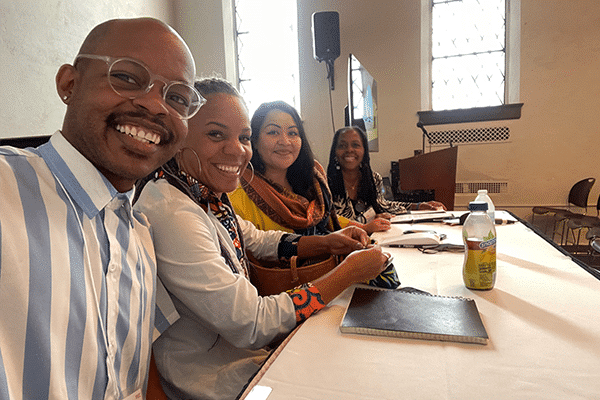My daughter, Penny, has Rett Syndrome. If you have never heard of it, you’re not alone. Rett is an incredibly rare genetic disease that afflicts less the 400,000 people in the world. It occurs almost exclusively in girls because of a mutation in the X chromosome. There are more than 900 different mutations that lead to a wide range of severe impairments affecting nearly every aspect of the child’s life. Penny has lost her speech, all purposeful use of hands, her ability to walk or stand on her own, and has developed severe and unpredictable seizures, breathing apnea, and heart problems at only 10 years old. She has a feeding tube, takes six daily medications and has eighteen doctors, therapists and nurses who take care of her, including a day and third shift nurse.
So why are we talking about this during February? Because in addition to celebrating Black History month, February is also Rare Disease Month, with the day falling on February 29 — the rarest of all days — as well as February 28 on non-leap years.
Below are some key facts and figures, not least of which is: though a rare disease afflicts an infinitesimally small part of the population, there are over 30 million people (about 10% of the U.S.) diagnosed with a rare disease with no cure and a significantly large inequity of services and resources allocated to curing devastating diseases like Rett Syndrome.










